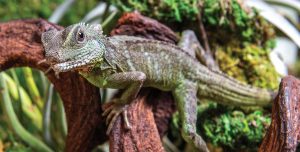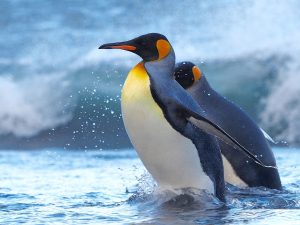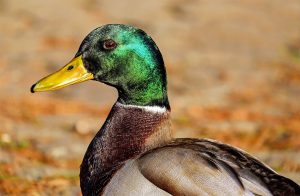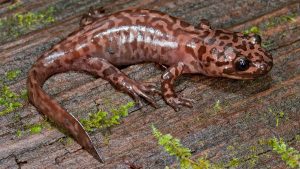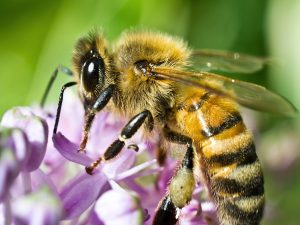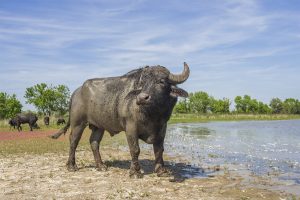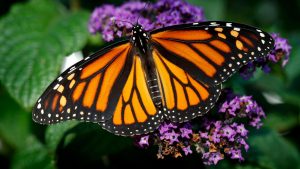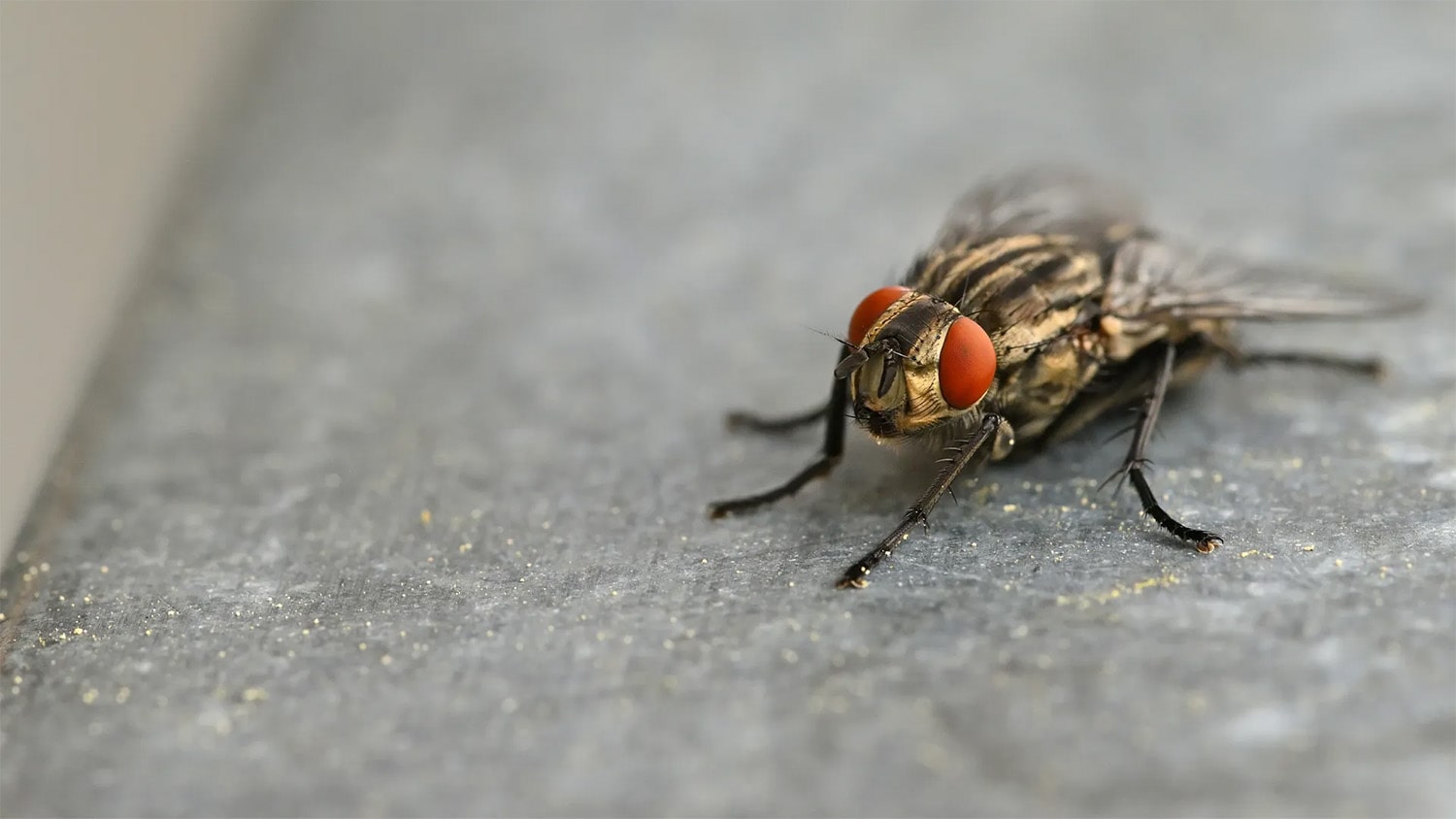
26 interesting facts about flies
- 👁️ 1575
Flies, often dismissed as mere nuisances, are actually fascinating creatures with a complexity that belies their common presence in our daily lives. Belonging to the order Diptera, meaning “two wings,” flies are among the most widespread and adaptable insects on Earth. They have been subjects of scientific study due to their diverse behaviors, physiological features, and their impact on ecosystems and human health. From their incredible flying abilities to their roles in pollination and waste decomposition, flies play crucial roles that often go unnoticed. Let’s explore some interesting and informative facts about these ubiquitous insects.
- There are over 120,000 species of flies worldwide, with scientists constantly discovering new species.
- Flies have only two wings, which is unusual among insects; their second pair of wings has evolved into structures called halteres that aid in balance and steering during flight.
- The common housefly, Musca domestica, can lay up to 500 eggs in its lifetime, which contributes to their rapid spread in suitable environments.
- Flies taste with their feet, which are equipped with taste receptors, allowing them to find food and suitable places to lay their eggs.
- Some species of flies, such as the fruit fly Drosophila melanogaster, have been extensively used in genetic research, contributing significantly to our understanding of genetic inheritance and diseases.
- The lifespan of a fly ranges from a few days to a couple of months, depending on the species and environmental conditions.
- Flies are capable of flying straight up, hovering, and even performing backward somersaults thanks to their sophisticated wing movement.
- The eyes of a fly are compound, composed of thousands of individual lenses, allowing them to have a nearly 360-degree field of vision.
- Tsetse flies, found in Africa, are known for transmitting sleeping sickness (trypanosomiasis) to humans and animals.
- Blowflies, or carrion flies, play a critical role in the decomposition process by laying their eggs in dead tissue, which the larvae then consume.
- The botfly species are known for their parasitic larvae, which can develop within the tissue of their host, including humans.
- Flies can walk upside down, thanks to suction pads and sticky hairs on their feet.
- The world’s fastest flying insect is a species of fly: the horsefly, which can reach speeds of up to 145 kilometers per hour (90 mph).
- Some species of hoverflies mimic the appearance of wasps or bees as a defense mechanism against predators.
- Flies are important pollinators for many plants, including some species of orchids and cacao, which is used to make chocolate.
- The larvae of some fly species are used in forensic entomology to estimate the time of death in criminal investigations.
- Flies can rapidly spread diseases due to their attraction to rotting food and waste, where they can pick up pathogens and transfer them to human food sources.
- Despite their small size, flies are extremely agile flyers, able to make quick turns and evasive maneuvers.
- The smallest fly ever discovered measures just 0.4 millimeters in length, found in Thailand.
- Some flies, such as the mosquito, require blood meals to reproduce, making them vectors for diseases like malaria, dengue fever, and Zika virus.
- Flies have been around for at least 240 million years, with fossil records showing their presence during the Triassic period.
- The process of a fly’s metamorphosis from egg to adult can be completed in as little as a week under optimal conditions.
- Certain species of flies can survive extreme environmental conditions, including high altitudes, deserts, and polar regions.
- Flies are capable of detecting movement and changes in light intensity faster than humans, aiding their escape from potential threats.
- The loud buzzing sound made by flies is caused by the rapid beating of their wings, which in some species can beat over 1,000 times per second.
- The larvae of screw-worm flies feed on living tissue, making them a dangerous pest for livestock.
Flies, with their diverse species and remarkable abilities, are much more than simple pests. They play vital roles in ecosystems by pollinating plants, decomposing waste, and even contributing to medical and genetic research. Their incredible agility and unique physiological features have made them subjects of fascination in the scientific community. Despite the challenges they can pose to human health, understanding the complexity and importance of flies helps us appreciate their place in the natural world and the delicate balance of ecosystems. Their presence reminds us of the intricate connections between all living things and the ongoing dance of life and death.

